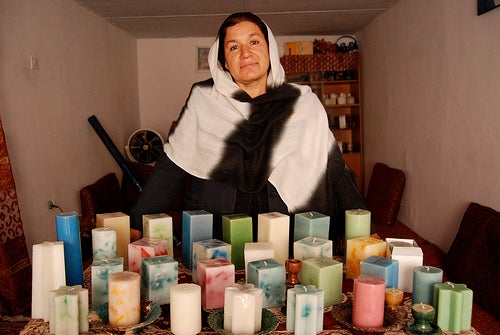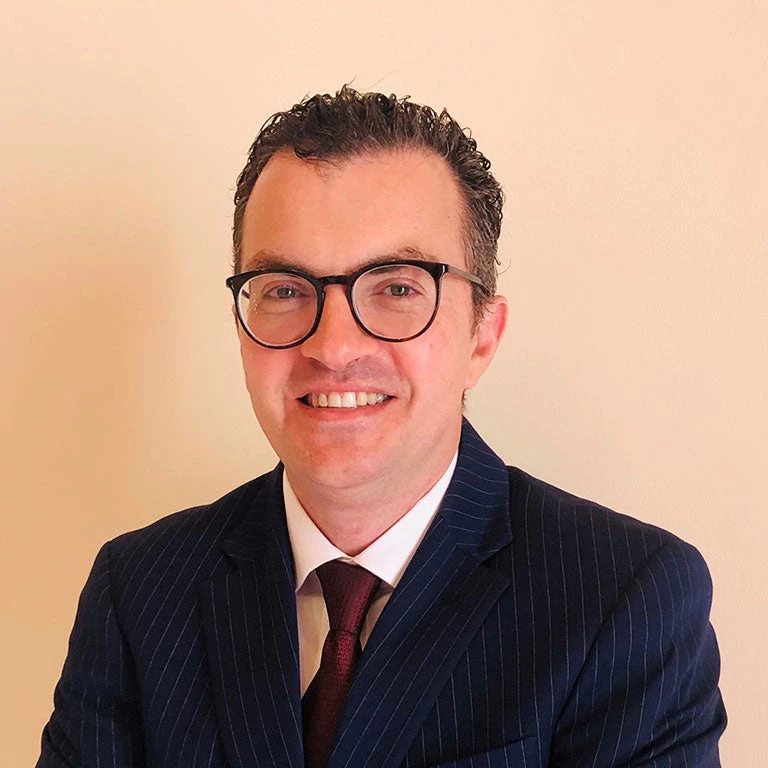
Can Islamic Microfinance give more people access to the financial services they need to grow their business? (Credit: DFID, Flickr Creative Commons)
Research has shown that financial sector development and the efficiency of financial systems are closely linked to economic growth. Ensuring the provision of financial services to the poor can also address the challenge of poverty alleviation and directly target financing towards economically and socially underprivileged groups. Appropriate financial services, such as savings services, investment, insurance, and payment and money transfer facilities, enable the poor to acquire capital to engage in productive ventures, manage risks, increase their income and savings, and escape poverty.
A large portion of the poor population, however, is excluded from formal financial services either involuntarily or voluntarily. Involuntary exclusion occurs on the supply side as formal financial institutions do not finance the poor due to economic reasons such as low income, high risk, price, and the information framework. In the presence of extreme information problems in providing financial services to the poor, markets tend to either mal-function or operate poorly due to costly state verifications .
In terms of voluntary exclusion from formal financial services, cultural and social norms, such as religious customs, can also determine or influence demand for finance among the poor. Recent studies have estimated that 72% of the people living in the Muslim world do not use formal financial services and that a large percentage of them (ranging from 20 to more than 40%) would not utilize conventional microfinance in order to avoid interest. Although access to Islamic microfinance is critical to growth and prosperity in many countries and has the potential to contribute to the transition of LICs to MICs, Islamic microfinance is provided by a small number of providers covering less than 1% of the total microfinance outreach.
Outreach and sustainability of Islamic microfinance institutions (MFIs) are also emerging challenges. Scaling up of operations, extending outreach, and ensuring financial sustainability of Islamic MFIs can be key factors in fighting poverty, creating jobs, and boosting prosperity. Depending on the missions of financial institutions, two broad approaches for delivering financial services can be identified. The first is the poverty-reduction approach in which financial institutions operate as non-profits with the goal of providing finance to the poor and core-poor. The second approach is the commercial approach, which focuses on self-sufficiency and long-term sustainability, and operates like other for-profit institutions (Schreiner 2002). In the latter approach, the scale of operations and the breadth of outreach can result in growth-promoting financing in a sustainable manner.Other than profit motive, additional operational features of MFIs can also affect outreach and sustainability. Cull et. al find that MFIs with individual-based lending are less likely to provide finance to the poor than those with group-based lending. Similarly, Hartarska and Nadolnyak find less leveraged MFIs to be more sustainable.
Islamic MFIs tend to predominantly use murabaha (cost-plus credit sale) and qard hassan (interest free loans). These products have implications related to sustainability and outreach of MFIs as the cost can be higher in the former and the latter does not generate any return. Scaling up requires providing the proper incentives and environment for risk sharing – equity based financial instruments such as mudarba and musharaka – to promote entrepreneurship, spread risks, and deepen financial access and intermediation. Easing business entry, developing financial infrastructure, strengthening contract enforcement and enacting insolvency and exit rules are key elements to anchor this.
Moving forward, we are looking at innovative solutions to develop more comprehensive and efficient instruments which build on sustainable business models and product diversity. These solutions will require the establishment of charitable channels for financing, such as zakah (compulsory alms giving) and waqf (religious endowments), to ensure liquidity of Islamic microfinance institutions and the channelling of financial resources to the poor.
Finally, country experience has shown us that Islamic microfinance continues to overcome many of the challenges of informational asymmetries through stronger reliance on social collateral and promotion of a partnership based investor-saver institutional framework. Expanding access to Islamic financial services will unleash opportunities for the poor, shift them to higher income levels, boost their economic capabilities, and reduce their vulnerability to shocks. Islamic microfinance is a culturally accepted approach of providing financial services that can provide a possible solution to bending the arc of poverty towards a more inclusive prosperity.



Join the Conversation